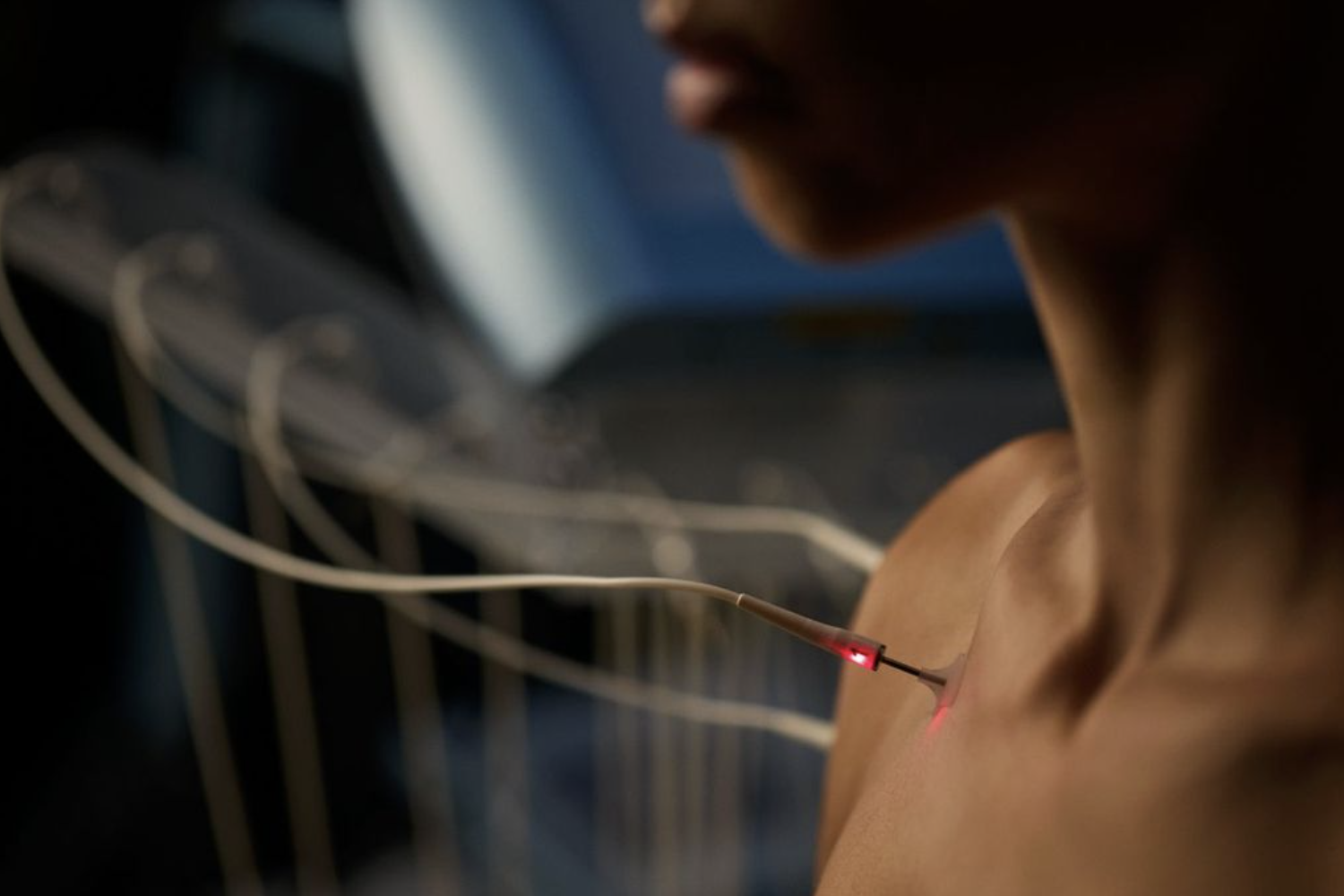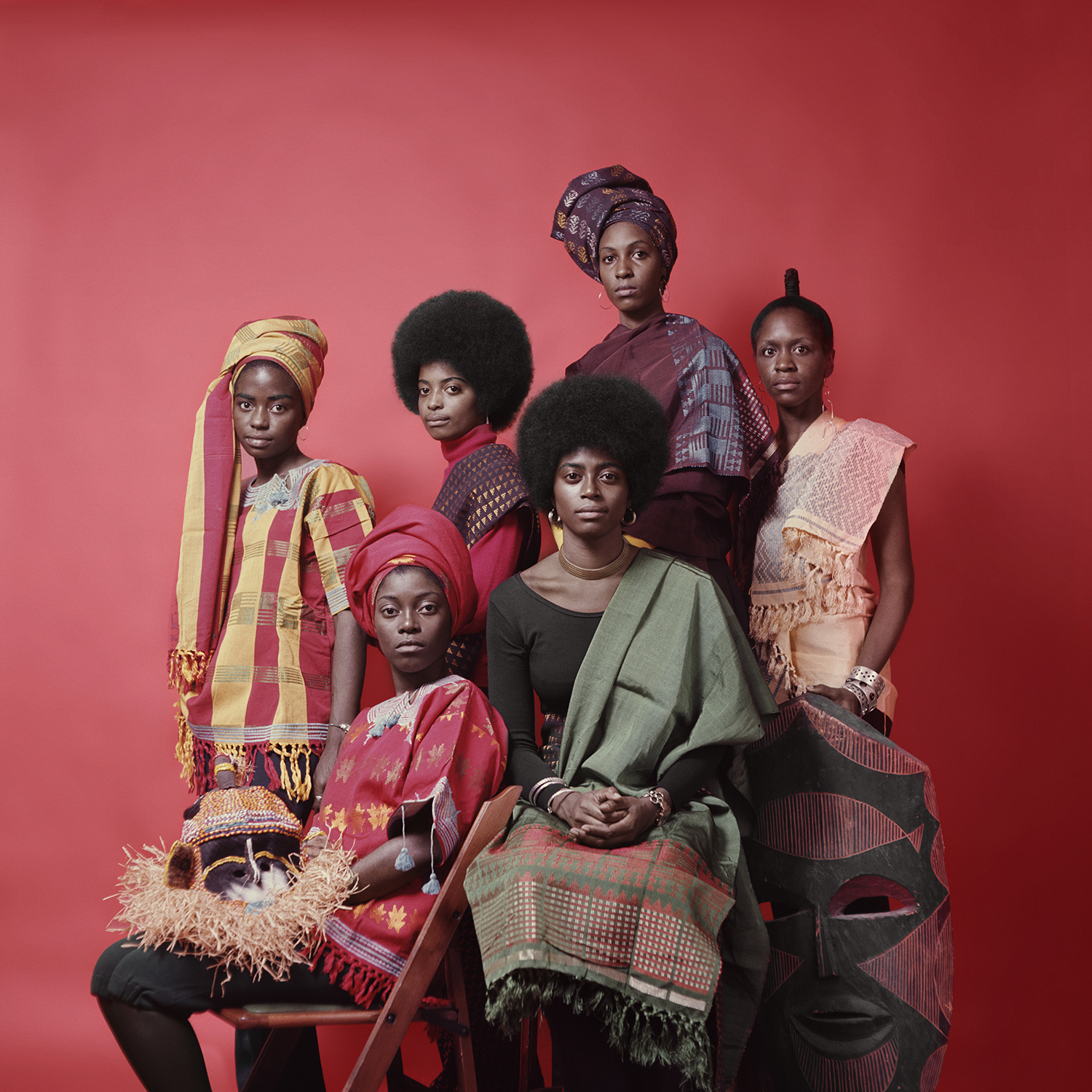Searching for Forever: Why Living Longer and Better Might Be Simpler Than You Think
The science and supplements, the gizmos and gurus, the buzz and the BS.
Here is a list of life-lengthening “interventions” that have been recommended to me in recent weeks: glucose monitoring, cold plunging, stints in an infrared sauna, intermittent fasting, weight lifting, being able to do exactly 11 push-ups, vitamin B12 supplements, creatine, a “precursor molecule” called NMN to activate the sirtuins zipping around my cells, doubling my protein intake, fasting two to three times per year, waking up at sunrise, getting off social media, sleeping nine hours a night, having friends, platelet-rich plasma injections, regular sessions in a hyperbaric oxygen chamber, embracing the “blue zone” diet, and journaling.
This is not an exhaustive list. I’m 33.
Perhaps you, too, have been inundated with advice lately about how to beat your actuarial table. Perhaps you’ve been seeking it out. The work of slowing down the aging process — its indignities, its disease and degradation — has escaped the lab and grown into a field worth billions. Top science journals have published investigations into the functioning — and malfunctioning — of genes that drive aging. Professors at institutions like MIT and Harvard are hawking their own supplements and partnering with venture capital-backed brands to sell you on their wares via targeted Instagram posts.
The 1% are engaging diagnostic labs to assess their immune responses, hiring functional medicine specialists, and enlisting personal trainers in their quest to, if not live forever, then at least live longer than humans have managed to until now. Bryan Johnson (who is 47 and perhaps the most famous longevity fanatic) was at one point getting blood transfusions from his son (who is 19).
Who doesn’t like the idea of eking out another decade? What has all the kale been for if not denser bones and more efficiently firing neurons? It’s an appealing notion: That all that stands between us and living to be 99 with total control of our faculties is some silver bullet or the ideal exercise routine or one great hack to health and wellness.

Image courtesy of SHA SPAIN
I have purchased fresh-pressed ginger elixirs and tested sophisticated gizmos. I have paid for a startling number of tracking apps. I have stuck with almost none of them. Because, while I scan headlines and skim summaries of the latest research on the importance of grip strength and the possibilities of genetic engineering, I still do not know the answer to the question that’s moved hundreds of millions of dollars in start-up funds, inspired untold numbers of health protocols, and spurred the sale of so much wheatgrass and bone broth: Is it possible for human beings to not just lengthen their lives, but to remain fit and healthier for longer? And if it is, which practices make the difference?
Let’s start with the bad news: Women are at a disadvantage. Board-certified OBGYN and best-selling author Mary Claire Haver, M.D., points to research from the World Economic Forum and the McKinsey Health Institute that finds that women spend 25% more of their lives in impaired health than men do. We generally get to hang around longer, but we do so while battling serious ailments. Two-thirds of the people living with Alzheimer’s in the United States are women. Women have a higher prevalence of arthritis, account for more nursing home admissions, and are frailer. Depressed now? You’re not alone. Women are more likely to be than men.
On top of this, women have historically been left behind by the medical establishment. Until 1993, clinical trials funded with federal dollars in the United States were not required to include women in their sample sizes. Even now, male mice tend to be the default in lab studies. The effects of these exclusions are far-reaching. Our hormones are less well understood, as are the varied side effects that certain drugs can have on women in different stages of our lives. When we get sick, the treatments available to us have often not been studied on us.
The podcast bros and protein-pounding gurus foresee humans adding a decade or more to their lifespan as technologies improve, but if living to 120 is possible, is that something that we even want? Haver tells me her patients are more concerned with health span. “They do not want to live longer; they want to live healthier,” she says. “They want to be independent.” Lineless skin is nice, but they’d settle for being able to pick up a bag of groceries when they’re 80. They want to be able to live alone. They want to be sure they can recognize their children and remember where they put their earrings.
Longevity is a field — and an industry — that has long been focused primarily on men. Kayla Barnes-Lentz, 33, has been trying to change that. An influencer with an expensive biohacking habit, she has been researching, and test-driving, a woman-centric longevity protocol for over a decade. Barnes-Lentz runs LYV Wellness, a “biology upgrading” clinic in Cleveland, Ohio with her husband, and claims to have a biological age of 22.
In photos, her skin glows and her hair hangs in a gleaming sheet to her waist. Initially, she was interested in fine-tuning her health less to live longer and more to gain “an edge from a performance standpoint” and “just to be able to work more hours.” She soon became “a little bit obsessed” with the information that she was able to compile. “Blood labs, gut testing, inflammation levels,” she says, rattling off the list. She saw room for improvement and started experimenting with her diet and exercise, watching for shifts in her numbers. She jettisoned several “intense” practices that seemed to do more harm than good (messing with her hormone levels, disrupting her sleep) and focused on interventions she determined were designed to support women’s bodies.
Longevity is a field — and an industry — that has long been focused primarily on men.
Her routine remains intense. She wakes up at 5:30 a.m., hops on a “clinical-grade” mat that uses a pulsed electromagnetic field to treat inflammation, does her “morning brain training” (a mix of mindfulness exercises and meditation), takes her supplements (there are lots), pours herself a cup of protein coffee, does her morning workout — emphasizing cardiovascular and strength training — has a protein-rich breakfast, gets outside to feel “morning sun” on her retinas, takes a walk with her husband, stretches, and then “stacks therapies”, including cold plunges, a “detoxifying” vibration plate, and a hair follicle-stimulating red-light LED cap. She takes calls while she walks outside or on her indoor walking pad to hit 12,000 steps. That’s all before lunch.
It may be hard for those of us with full-time jobs to contemplate her daily regimen, but scores of other people — her 490,000 (and climbing) Instagram followers, for example — appear to be interested in following her lead.
Mega-gym and uber-spa culture — with an emphasis on medical diagnostics — is on the rise. Members who sign up for the U.S. fitness chain Equinox’s $40,000 membership tier, Optimize, get blood tests (of course), an Oura ring, and 16 hours each month of one-on-one coaching with not just a personal trainer, but a nutritionist and a sleep coach. In Los Angeles, exercise compounds like Heimat and Life Time have sprung up. These new fitness temples appeal to wellness-oriented Gen Zers and millennials who would rather slurp adaptogens than cocktails. At the $7,500-per-month Continuum Club in New York, new members — paired with “human-performance specialists” instead of personal trainers — undergo VO2 max tests to assess their aerobic endurance, and are tracked with wearable devices so that their sleep, blood pressure, step count and heartbeats can be studied. Downstairs, there is a nap pod that looks like an enormous egg and is said to initiate sleep in under five minutes. When Continuum opened last May, “New York Magazine” said it promised “one-stop shopping for the never-die crowd.”
Continuum CEO Jeff Halevy acknowledges that “not everyone is going to be able to afford this club,” and to that end, he hopes to unveil an app soon that mimics some of the tracking Continuum does for its clients, utilizing AI to interpret it at scale. He’d like to keep a tier of it free.
The most needle-moving steps human beings can take to improve our odds of living well into our 80s and 90s, though, are things we can all already do, Halevy admits. “I am a believer in coming back to first principles,” he says. “Sleep, stress reduction, what you put in your mouth, how you move your body and social connection.
Barnes-Lentz — a proud freak for wellness trends and high-tech — agrees. Her best advice is borderline basic: Get in bed before 10 p.m. Have a wind-down practice. Bedrooms should be dark and cool. Best not to eat too close to bedtime. And, exercise: a mix of strength training and cardio. “If there’s one pill to live longer, it’s exercise,” she says. The rest, she acknowledges, are the — antioxidant-filled, fiber-enriched — cherries on top.
Barnes-Lentz believes that her own dedication to going above and beyond will be rewarded decades from now, when she’s 80 with the mitochondrial function of a 40-something, but the run-of-the-mill recommendations she’s rattling off are not speculative investments in an uncertain future. Sleeping well, staying active and eating a varied and nutrient-filled diet are habits that are good for us now. And unlike many of the buzzy biohacks, for which there is largely little to no concrete research data available, the science is there.
Mark S. Lachs, M.D., who is co-director of the Cornell Center for Aging Research and Clinical Care in New York and is considered one of the foremost experts on aging in the United States, highlights multiple studies that demonstrate that movement — even moderate levels of exercise, from walking to using 5-pound weights — can have a huge impact on how a person ages, no bootcamp required.
If there’s one pill to live longer, it’s exercise.
He has the evidence to show that maintaining good balance can mitigate the risk of the kinds of falls and injuries that accelerate decline as we age, and as follows, points patients to exercise that emphasizes limber muscles. But he surprises me, too, with his adamance that one of the best things a person can do to age well is socialize. A good, full life begets more good, full life.
The most comprehensive investigation into the health benefits of social connection was released in 2024. Published in the journal “Epidemiology and Psychiatric Sciences,” it studied participants over the age of 50 and found that those with close friends were 24% less likely to die during the research period than those without. Can even the most rigorous green juice habit claim that kind of result? Another report, published in the “Journal of Personality and Social Psychology,” tracked older adults for decades and determined that people with a more positive attitude toward aging lived, on average, over seven years longer than those who were hung up on the negatives.
The science is insistent: Be interested. Be engaged. At the luxurious wellness club Surrenne in London, cognitive longevity is the topic clients ask about “the most,” according to medical director and global scientific lead, Mark Mikhail, M.D. “The membership is well-versed. They eat nutrient-dense organic food, they exercise and do all the kinds of things one would say are good for health and longevity, but there’s a real fear around cognitive decline. They either want to know they are doing stuff to maintain the level they have, or they’re noticing these little dips — lapses in memory or performance.”
These concerns are voiced among members of all ages. “There’s a seasonality to our lives,” says Mikhail. “It’s women who’ve just had kids, or are perimenopausal, or menopausal, and are experiencing brain fog; it’s men who are not feeling as sharp and are seeing a difference at work.” Surrenne’s service menu is extensive, but it’s not all “transcranial electromagnetic stimulation” and “photo biomodulation.” Mikhail preaches a holistic approach built around maintaining and increasing synaptic connection, the pathways in the brain. On the behavioral side, optimizing sleep “is a huge one,” as is anything that helps reduce anxiety and benefits mood. “People with depression have increased cognitive decline; that is known,” says Mikhail.
Also known, on the exercise front: “Women who resistance train have a lower level of cognitive decline.” Other methods to help keep the mind sharp fall under what he calls “the soft stuff.” In addition to social interaction, this includes creative pursuits, learning a new hobby, “even brushing your teeth with the non-dominant hand or walking home a different route. These are all things that improve neuroplasticity and synaptic connection,” explains Mikhail.
So, what about infrared saunas and hyperbaric oxygen chambers? What about investing in one of the $14,000 devices that emits “structured water vapor” that Barnes-Lentz has in her house? If there’s a practice that feels like a reward for consistent exercise and nutritious food, no harm done. If a spa feels rejuvenating, there is no reason to abstain. (I will not be abstaining.) The one thing Lach can’t support is taking a medicine cabinet full of supplements. “Americans have the most expensive urine in the world,” he quips. The pills and the juices and the intravenous solutions? “You just pee it out.”
What do we want out of the longer lives we seek? Is it more time? Better health? A sense of purpose? A renewed drive? Is it feeling revived or looking it?
A good, full life begets more good, full life.
After years of living in New York, creative director Roanne Adams moved to Los Angeles so she could spend more time in nature. More recently, she pared back her workload to spend several months at a time in New Mexico. “It has really decreased my stress levels,” she says. Adams, 44, is interested in plant medicine and supplements and the kind of longevity practices that Barnes-Lentz has built her business on, but when she thinks about what aging means to her, she has a different definition of “personal record.”
“Coming into midlife, you realize you still have 30 more years that you’re likely going to be working,” she says. “You start to realize there’s only so much pressure you can put on yourself. What is enough? What is enough in terms of money? What is enough in terms of feeling content? I have started to feel like, ‘OK, I don’t need as many clients. I don’t need to work as many hours.’ It sounds cliché, but I realized what I need is to balance myself and regulate myself so that I can withstand this marathon that’s ahead of me.”
Adams doesn’t want to dread what’s coming next. There are a growing number of experts who say she doesn’t have to. Not because they’ve developed a new vaccine or unearthed a rare plant or built a time machine. But because after years of dismissing women, medicine has started to wake up to what could turn out to be the most determinative factor in how women age: menopause.
Eric Topol, M.D., a cardiologist and scientist who serves as executive vice president of the Scripps Research Institute, and recently published “Super Agers: An Evidence-Based Approach to Longevity,” says the most interesting lifespan data he has found seems to indicate that what women with the most robust “immune clocks” on the planet have in common is regular hormone levels. While women do live longer than men on average, the health risks that older women face “start to equate to or exceed those of men” as soon as their ovaries cease functioning.
Mary Claire Haver, the OBGYN, advocates for more aggressive menopause management to support women’s bone, heart and brain health, pointing to consistent scientific findings that hormone replacement therapies like estradiol can help offset bone loss, loss of strength and cognitive decline.
Topol is excited to follow researchers exploring how to keep women’s ovaries spitting out consistent levels of hormones for longer. Until then, he is on a mission to dispel the outdated information that has suggested women on supplemental estrogen are at a higher risk for breast cancer or heart disease than those who are not. The reverse is true. “Menopause is bad for women’s health,” he says. For many, HRT is becoming a powerful part of daily protocols. You could call it health “optimization” or biohacking. He would rather just call it good medicine.
More good medicine is coming. Lachs is one of several gerontologists working to understand the role that GLP-1 receptor agonists like Ozempic and Mounjaro could have on the aging process. And he is watching one drug trial, in particular, with interest: At 14 institutions across the US, scientists are in the process of testing the effectiveness of the inexpensive diabetes drug metformin to see whether it can tamp down inflammation and promote a longer health span in older adults. Over 3,000 participants are enrolled. Results are expected within the decade.
If the trial shows promise, it won’t be because its participants put their own blood through a centrifuge. It’ll be because slow, plodding, boring science worked as it’s supposed to. He laughs. Magic, right?
This article appeared in the debut issue of 72 Magazine. Collect your limited-edition hardback of the issue here.





